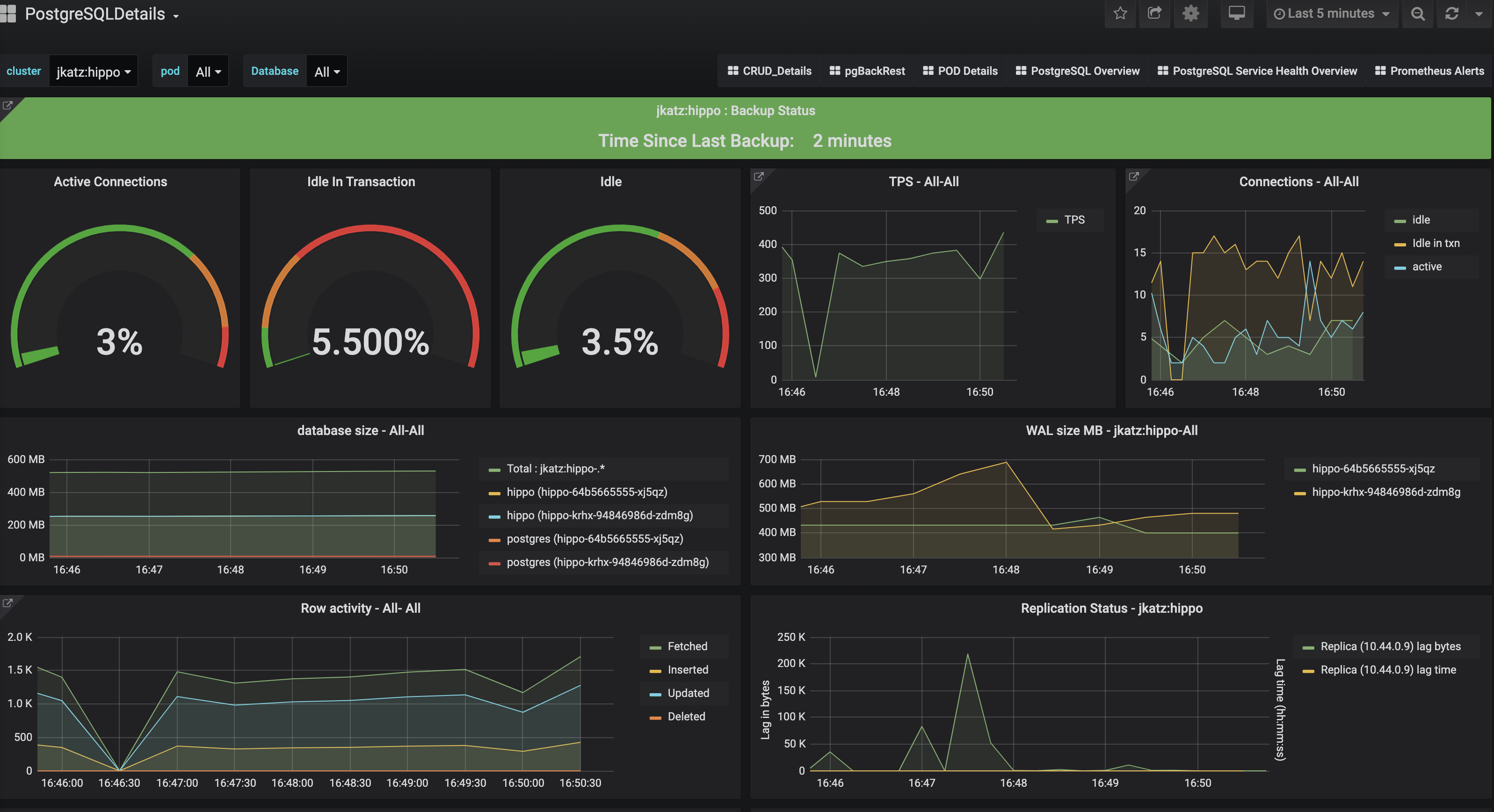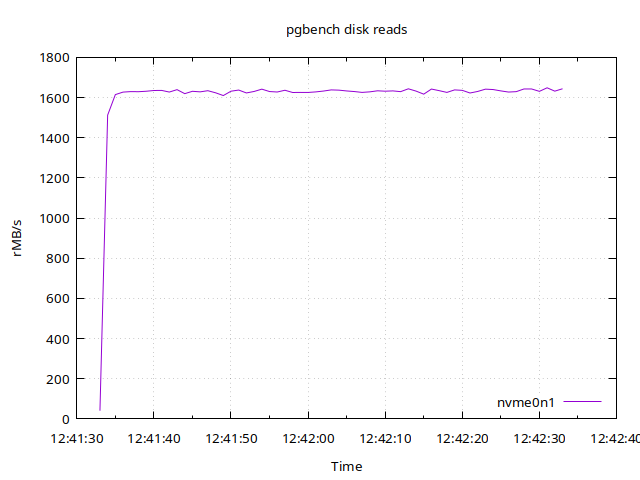Introducing Crunchy Data Warehouse: A next-generation Postgres-native data warehouse. Crunchy Data Warehouse Learn more
Posts about Production Postgres
- 8 min read
James Chanco Jr.
Online Upgrades in Postgres
James Chanco Jr.
Read MoreIn our previous blog post, we talked about upgrading a PostgreSQL cluster to a new major version with pg_upgrade. This can be fast and with little downtime even for large databases, but in some instances zero downtime may be essential for doing a major upgrade. This method is called an "online upgrade" and can be achieved through logical replication
- 4 min read
Tom Swartz
Tuning Your Postgres Database for High Write Loads
Tom Swartz
Read MoreAs a database grows and scales up from a proof of concept to a full-fledged production instance, there are always a variety of growing pains that database administrators and systems administrators will run into.
Very often, the engineers on the Crunchy Data support team
- 10 min read
Jonathan S. Katz
PostgreSQL Monitoring for App Developers: Alerts & Troubleshooting
Jonathan S. Katz
Read MoreWe've seen an example of how to set up PostgreSQL monitoring in Kubernetes. We've looked at two sets of statistics to keep track of it in your PostgreSQL cluster: your vitals
- 10 min read
Jonathan S. Katz
PostgreSQL Monitoring for Application Developers: The DBA Fundamentals
Jonathan S. Katz
Read MoreI am an accidental DBA, with a huge emphasis on "accidental." I came to PostgreSQL as an application developer who really liked to program with SQL and use the database to help solve my problems. Nonetheless, these systems would enter into production, and as such I had to learn to support them.
PostgreSQL monitoring and performance optimization is a vast topic
- 9 min read
Jonathan S. Katz
PostgreSQL Monitoring for Application Developers: The Vitals
Jonathan S. Katz
Read MoreMy professional background has been in application development with a strong affinity for developing with PostgreSQL (which I hope comes through in previous articles). However, in many of my roles, I found myself as the "accidental" systems administrator, where I would troubleshoot issues in production and do my best to keep things running and safe.
When it came to monitoring my Postgres databases, I initially took what I knew about monitoring a web application itself, i.e. looking at CPU, memory, and network usage, and used that to try to detect issues. In many cases, it worked: for instance, I could see a CPU spike on a PostgreSQL database and deduce that there was a runaway query slowing down the system.
Over time, I learned about other types of metrics
- 4 min read
Jonathan S. Katz
How to Setup PostgreSQL Monitoring in Kubernetes
Jonathan S. Katz
Read More You don't need monitoring until you need it. But if you're running anything in production, you always need it.
You don't need monitoring until you need it. But if you're running anything in production, you always need it.This is particularly true if you are managing databases. You need to be able to answer questions like "am I running out of disk?" or "why does my application have degraded performance?" to be able to troubleshoot or mitigate problems before they occur.
When I first made a foray into how to monitor PostgreSQL in Kubernetes
- 9 min read
David Youatt
Synchronous Replication in PostgreSQL
David Youatt
Read MorePostgreSQL has supported streaming replication and hot standbys since version 9.0 (2010), and synchronous replication since version 9.1 (2011). Streaming replication (and in this case we're referring to "binary" streaming replication, not "logical") sends the PostgreSQL WAL
- 6 min read
Greg Smith
PostgreSQL 13 Upgrade and Performance Check on Ubuntu/Debian: 1.6GB/s random reads
Greg Smith
Read MorePostgreSQL 13 was released last week. I'm excited about this one, as the more mature partitioning plus logical replication features allow some long-requested deployment architectures. I ran 13 through my usual 144 test quick spin to see if everything was working as expected. Mainly boring stuff, but I was pleased to see that with the simple 128 client/4X RAM benchmark workload, Postgres 13 is driving 1.6GB/s of random read traffic requests to my PCI-e 4.0 NVM-e SSD. It keeps up with a whole RAID volume of the old SATA SSDs! (I checked)

Hardware is standard enthusiast stuff, AMD Ryzen 9 3950X with 32 cores running clients on the server itself, delivering 140K reads/s. Motherboard is a Asus Pro WS X570-ACE. The SSD is Microcenter's Inland brand, the "Performance 2TB", using the popular Phison PCIe 4.0 controller that legit delivers 5GB/s sequential reads. (I checked)
Upgrading to PG13 on Ubuntu/Debian
- 6 min read
Jonathan S. Katz
Hidden Gems of PostgreSQL 13
Jonathan S. Katz
Read MorePostgreSQL 13 is a lucky release! There are some very impactful new features and the release is coming out at its regularly scheduled time in the fall.
One of my favorite parts around the PostgreSQL release process
- 13 min read
Joe Conway
PostgreSQL Node Metrics: Don't Fly Blind
Joe Conway
Read Moretl;dr -- If you are not actively monitoring your PostgreSQL clusters, and alerting on anomalous conditions, you are "flying blind". Don't do that!
At Crunchy Data, we distribute and support PostgreSQL as a product, in multiple forms, to many enterprise customers. We also make our products available via GitHub